Guide to taking pictures of wild animals with your phone
People thought they needed telephoto lenses and camouflage tents to photograph wildlife, until they started taking great photos with just their smartphones.
7. Have clear expectations
While it is possible to take great wildlife photos with your phone, it is important to be aware of the limitations of your phone. With your phone, you will only be able to take photos of friendly urban wildlife, such as squirrels, backyard birds, and ducks. It is unrealistic to expect to take photos of grizzly bears or bald eagles with your phone.
Remember, safety comes first before anything else. If you can't approach the animal safely, let it go. It's not worth getting too close or putting yourself in danger to get a photo. Understanding the limitations of your phone and using it wisely will save you frustration.
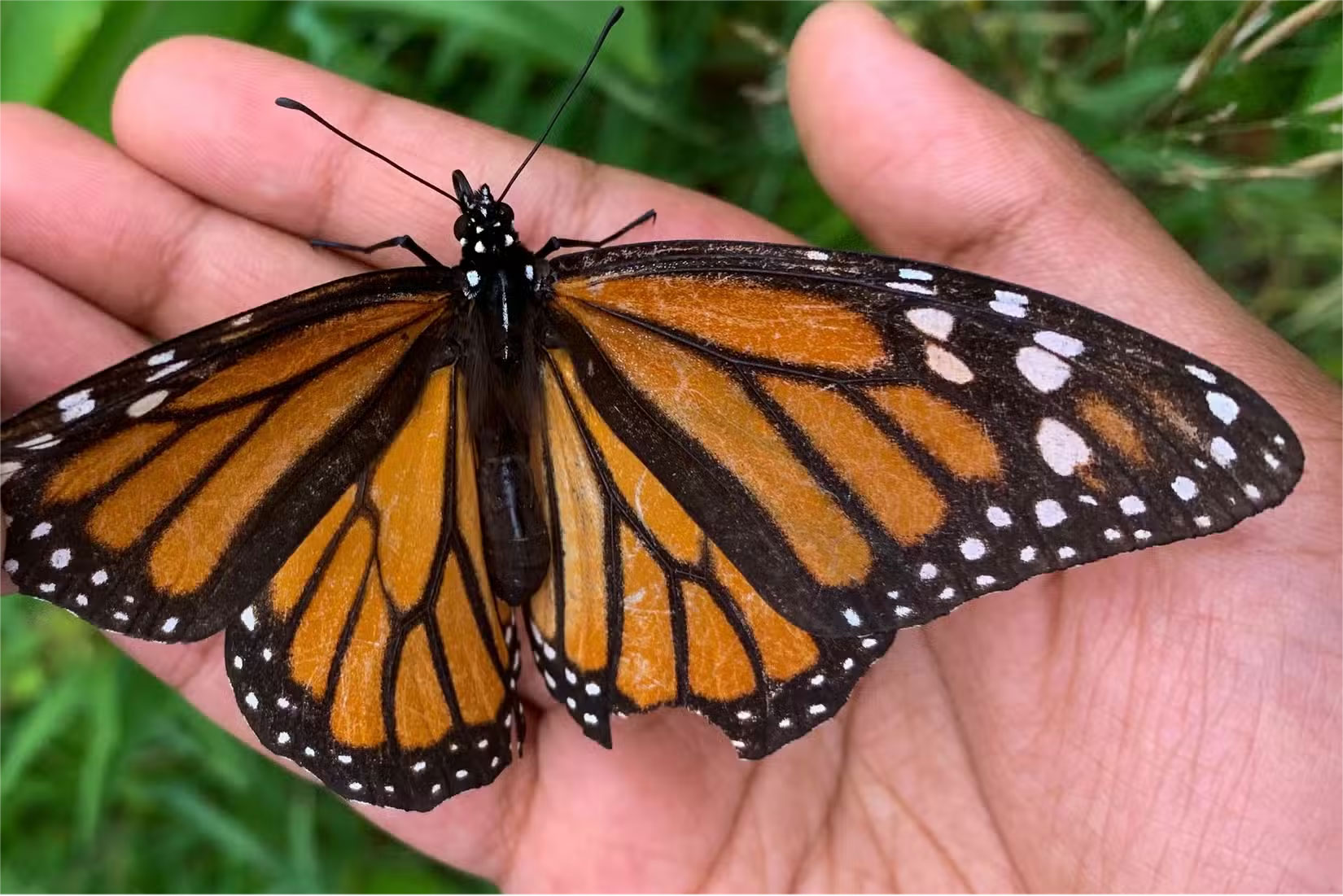
6. Layout is very important
No matter how much you love taking close-up photos of animals, you have to understand that it is a difficult task for a phone. So, deliberately compose your photos by including more environmental elements. It gives a sense of openness and airiness, which is suitable for a minimalist style.
When taking photos, think about the compositional rules you can use. Simplifying the scene is always the best approach. Pay attention to the background and avoid distractions. While this isn't always possible, thoughtful composition can make a huge difference.
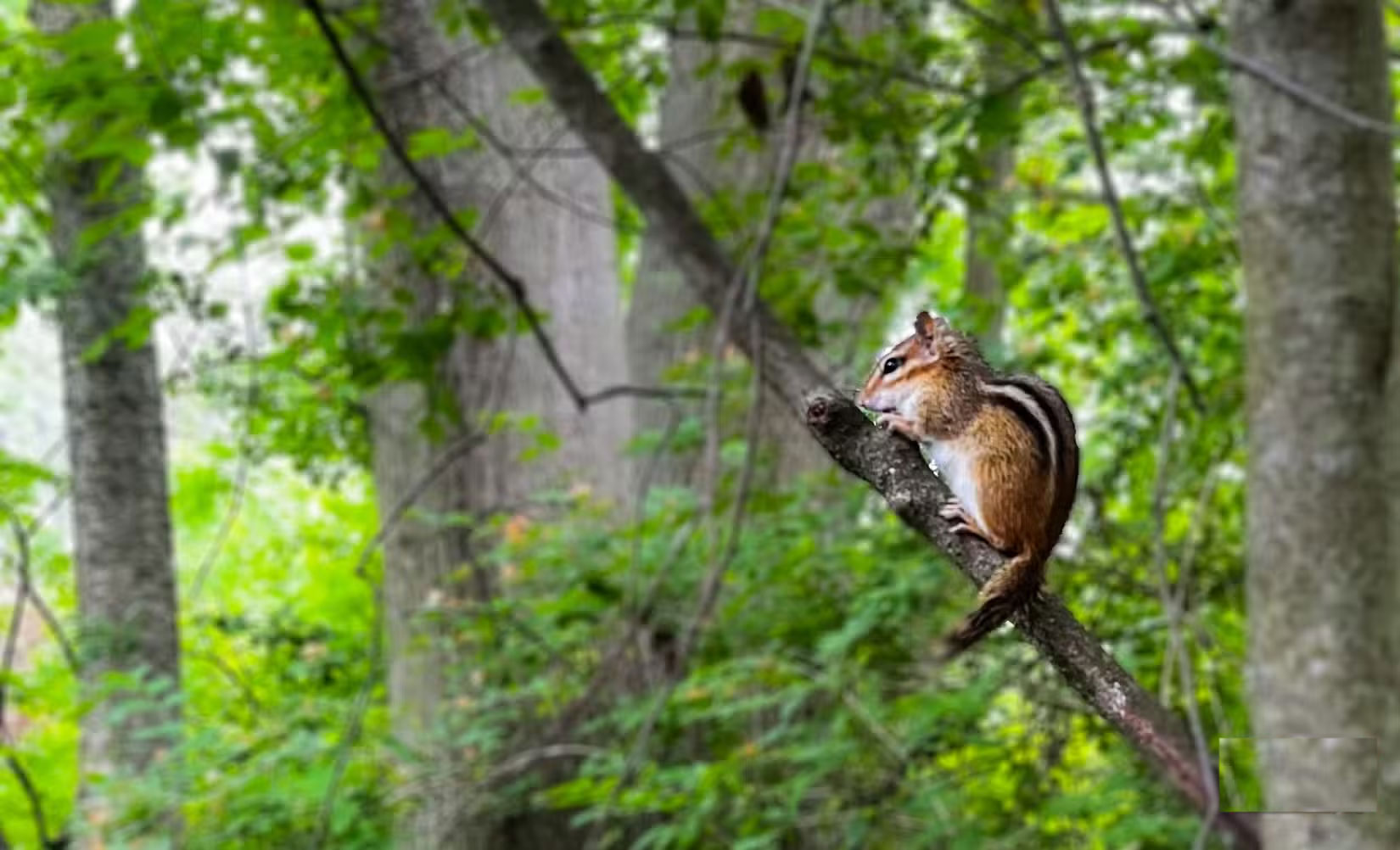
5. Shoot in continuous shooting mode
One of the things wildlife photographers look for in a camera is frames per second, or FPS . This refers to how many photos your camera can take in one second. Shoot in burst mode! Simply press and hold the shutter button and the camera will take multiple photos in a row for as long as you want.
You might be surprised to find out that you can shoot in burst mode on your phone. It may not seem like common knowledge, but using burst mode on your iPhone is pretty simple. Press and hold the shutter button and then swipe to the left. Your phone will continue taking photos until you stop.

4. Use Autofocus Lock
You know how frustrating it is when your camera struggles to lock focus on a moving subject. Try using your iPhone's AE/AF lock to get accurate focus every time. The camera locks focus when you tap and hold the yellow square on your iPhone. So even if your subject moves, the camera will stay in focus.
This setting may be different on your phone, so check your manual or do a quick Google search by device model.
3. Learn About Wildlife
Knowledge of nature and wildlife can give you an edge in the field. If you know where to find wildlife and how they behave, photographing them becomes easier, no matter what tools you use. For example, with apps like iNaturalist or eBird , you can see nearby hotspots. Knowing this increases your chances of seeing and photographing wildlife.
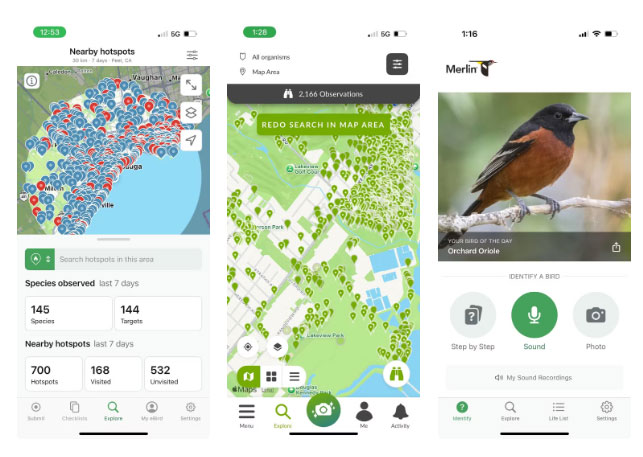
Visit local parks and forests regularly. Having a fully functional camera is helpful, but practical knowledge is the essential tool to take great photos.
2. Edit in Lightroom
Even after you've captured your dream photo, you should still edit it to improve it. Many new photographers skip this step, but editing can breathe life into an otherwise dull photo. You can also salvage a bad photo with editing.
If there are too many distracting things in the background, you can use powerful AI tools to remove them with just one click. Photo editing used to be time-consuming and complicated, but not anymore. Use all the modern tools as part of your workflow to make your photos stand out.
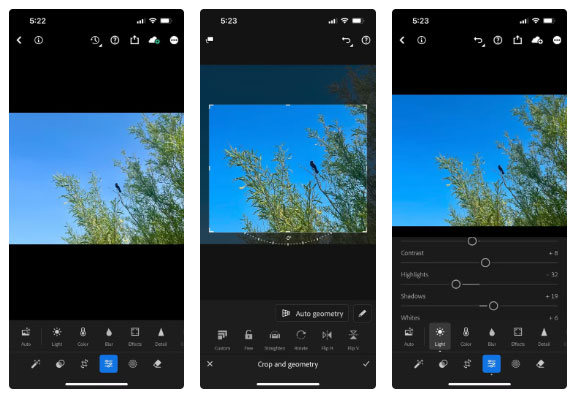
1. Cognitive ability is the secret ingredient
Always be aware of the stress my presence may cause wildlife. Do not chase or get too close to a bird or animal. The best advice is to be patient and wait for the wildlife to get used to you and approach you. It helps if you move slowly and deliberately so you do not scare them.
While feeding wildlife is a quick way to attract them, this article does not recommend it. Build relationships with wildlife subjects based on respect and trust, not manipulation. Feel free to take photos of birds that come close to you.
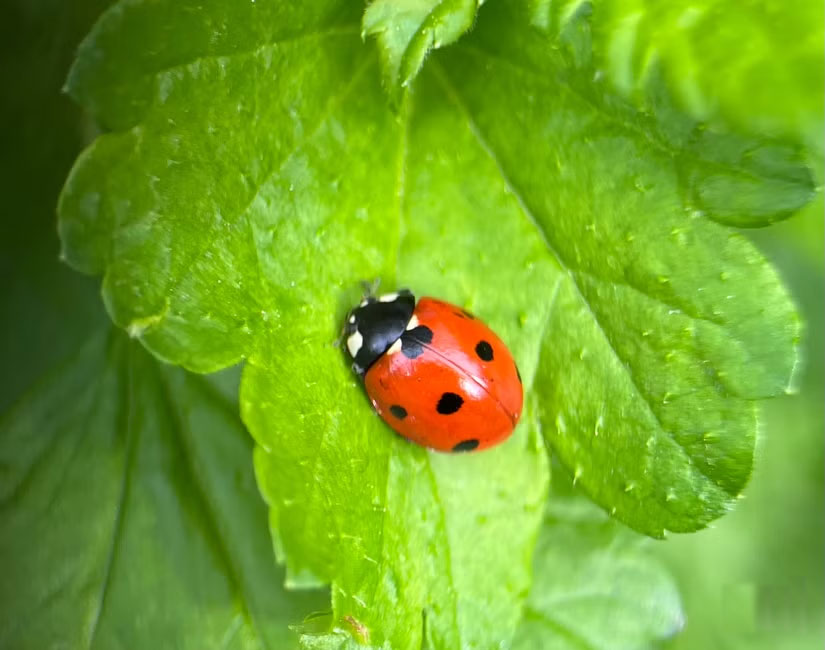
You should read it
- Admire the magic of nature through the best photos at the Wildlife Photography Contest 2019
- 14 most funny moments of animals
- 18 beautiful pictures of wildlife in 2017
- The new map reveals the global wilderness decline
- How to Take Stunning Long Exposure Photos with Your Phone
- 'Die laughing' with indifferent 'drunken' images identical to humans of wildlife
 5 Free Apps to Improve Your Nature Photos
5 Free Apps to Improve Your Nature Photos How to shoot epic timelapse videos with your phone
How to shoot epic timelapse videos with your phone How to Take Stunning Long Exposure Photos with Your Phone
How to Take Stunning Long Exposure Photos with Your Phone Don't share photos until you run this metadata check!
Don't share photos until you run this metadata check! Types of photography that should be taken with a DSLR camera
Types of photography that should be taken with a DSLR camera 9 useful tips to help you not miss beautiful photos on your smartphone
9 useful tips to help you not miss beautiful photos on your smartphone